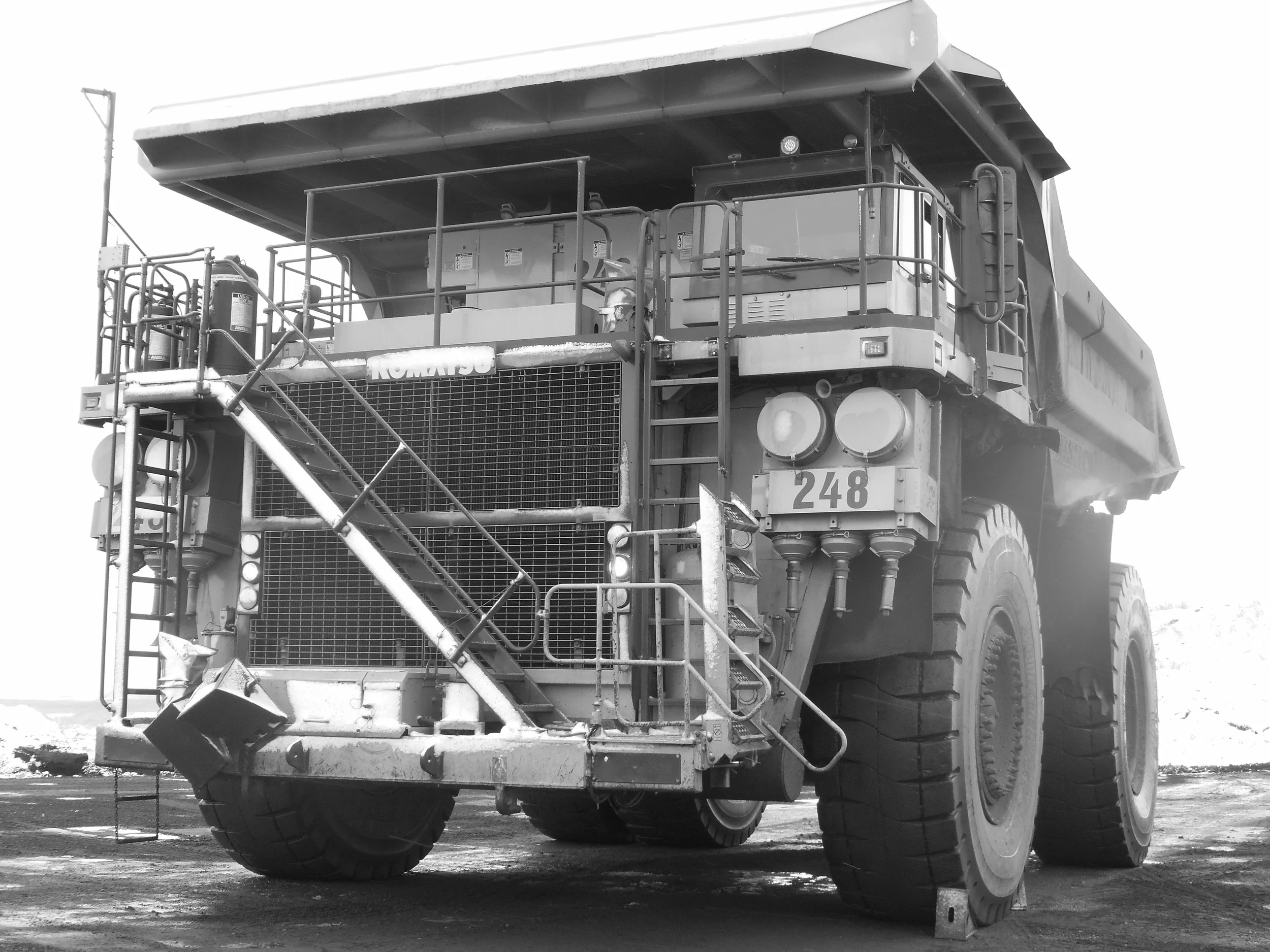Cost Avoidance Factors and Advantages
What are the ways a predictive maintenance program can increase reliability and experience cost avoidance?
Parts Cost Savings / Parts Availability
When looking at a system like a rotary transmission from an electric drill for instance being able to change out a bearing on the drive motor shaft before that bearing catastrophically fails allows you to change the bearings only. If that bearing fails and the shaft moves it is likely you will be repairing the bearings, rotor and stator, motor pinion, and likely the 1st reduction gearing. When looking at today’s mobile equipment the dollar numbers add up very quickly. This of course works with all rotating equipment in industry. Parts availability is also extremely important. Knowing the repair is coming gives you the time to have all parts needed for the repair in stock instead of possibly waiting for a specific part that may be unavailable for weeks or more.
Decreased Downtime / Man hours
In the case of transmissions and drive motors if they are run to failure out in the pit depending on the nature of the failure the time related to troubleshooting the problem, ordering the parts, and completing the repair is costly. Knowing of the problem ahead of time lets you have all the parts necessary for the repair along with knowing what the mechanical procedure is going to be save valuable time and money.
Increased Equipment life
With many transmissions the components are changed out based on hours in service. This is definitely a step up from reactive maintenance; however there are many times that the equipment will run longer than its estimated life. This is where predictive maintenance comes in. If a particular piece of equipment is being monitored on a regular basis and shows no potential problems there should be no need for a rebuild at that time. Extending the life of one piece of equipment 50% or more will lead to substantial savings down the road.
Repair Date Flexibility / Reliability
Another major advantage is the ability to plan for your repairs. This technology allows you to plan when the equipment will be repaired instead of trying to plan around equipment failures that spring up unexpectedly. This gives you much greater consistency throughout your maintenance planning schedule.
